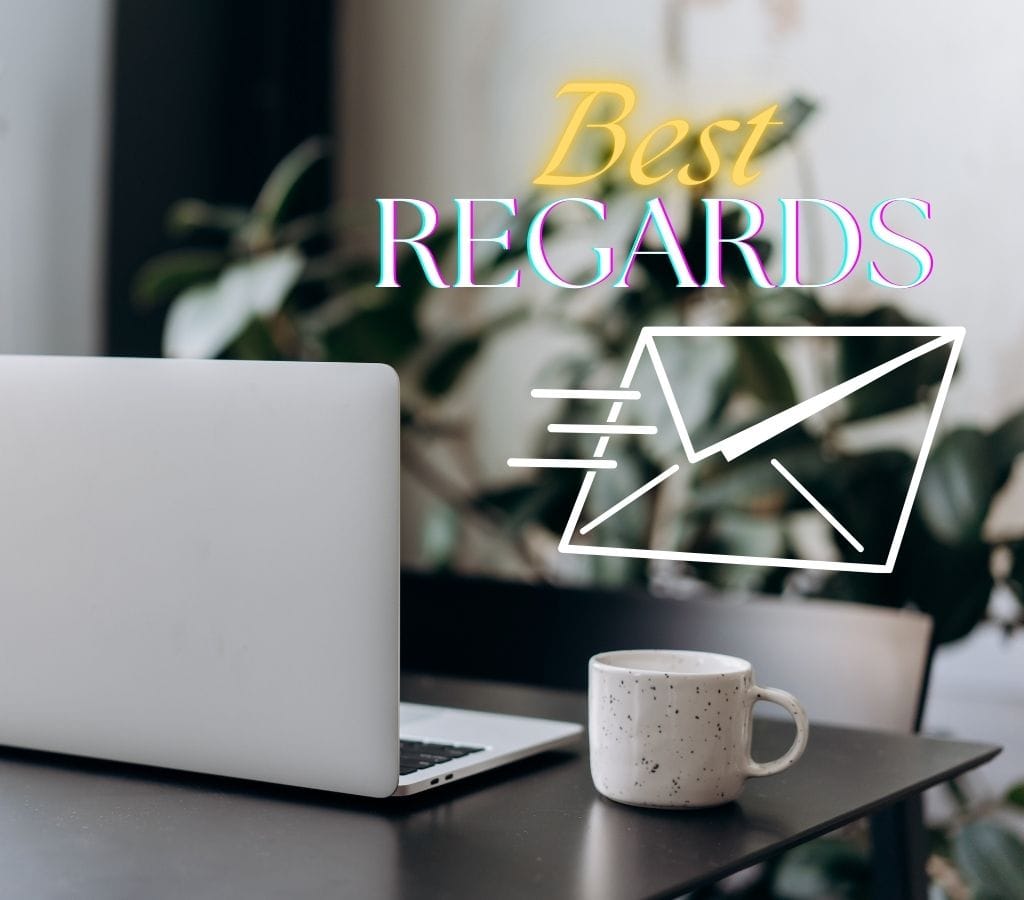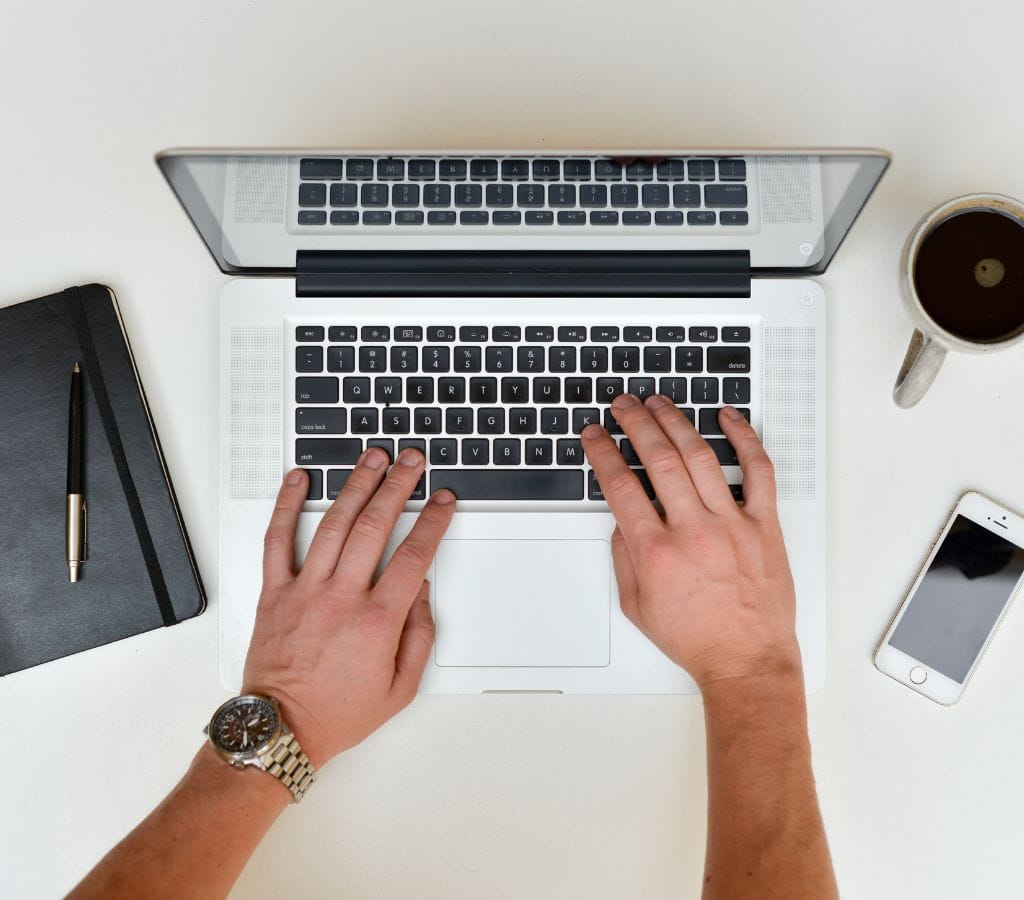Ending an email effectively is crucial for maintaining professionalism, encouraging responses, and leaving a lasting impression on your recipients.
In this post, we will show you various ways to end an email, including the best closing lines, email sign-offs, and email signatures. Whether you're writing to a friend, a colleague, or a potential employer, understanding how to end an email can significantly enhance your communication.
Why Email Endings Are Important?
While the subject line and opening line of an email are often highlighted as critical components, the ending of an email is equally important. Your opening line aims to capture the recipient's attention and provide context, while your closing line is designed to prompt action and leave a lasting impression. The ending of your email is the last thing your recipient will remember, making it essential to include a call-to-action, be polite, and provide an easy way to reach you. This ensures that your message is not only read but also acted upon.
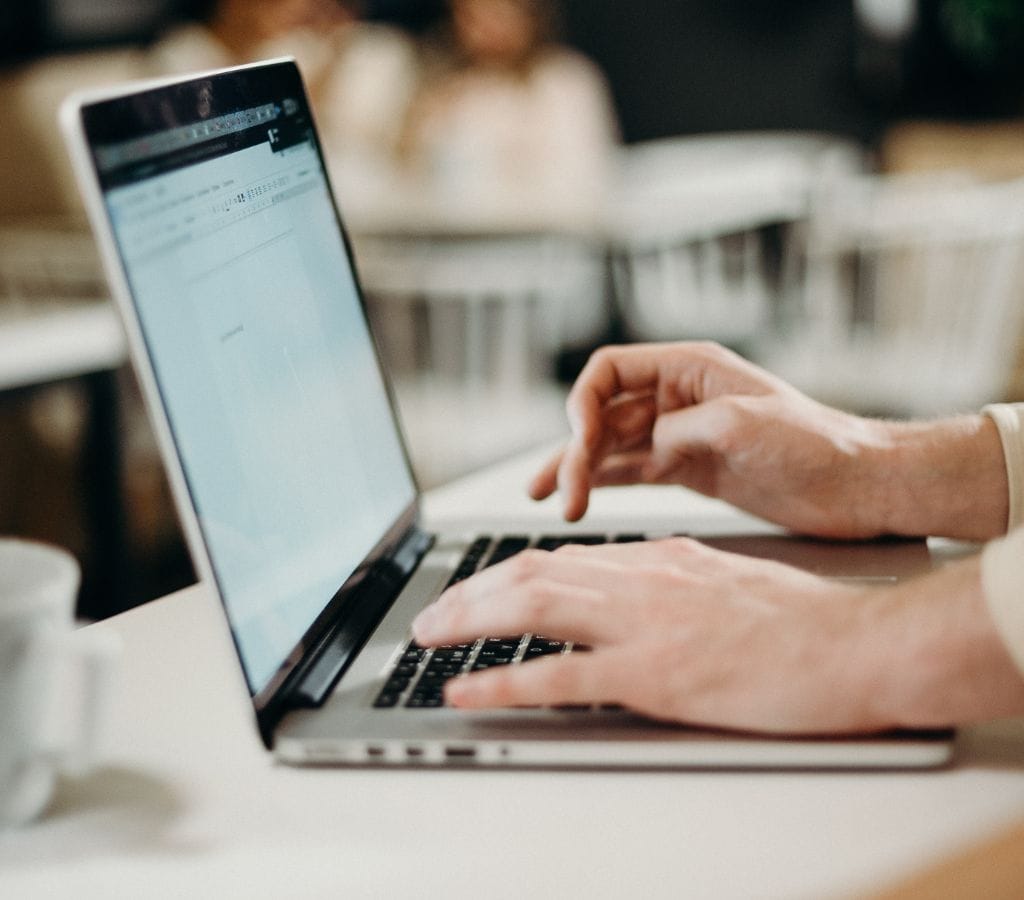
How to End an Email Professionally
Ending an email professionally involves several key elements: a strong closing line, an appropriate sign-off, and a proper email signature.
1. Write a Strong Closing Line
Your closing line is the final sentence of your email, and it should be crafted to prompt the recipient to take action. Here are some examples of strong closing lines:
- I look forward to hearing from you. - This line makes the other person want to react and sets a good tone for future conversations.
- Your feedback is much appreciated. - This line shows that you care about what the other person thinks and are excited to hear what they have to say.
- Thank you for your time and consideration. - This line expresses gratitude and acknowledges the recipient's busy schedule.
- Please keep me updated on any developments. - This line shows that you are interested in staying informed and engaged.
- Feel free to reach out if you need any further assistance. - This line provides a clear call-to-action and offers support.
2. Add the Right Email Sign-Off
An email sign-off is a short salutation that precedes your name and email signature. It sets the tone of your email and should be chosen based on your relationship with the recipient. So, here are some professional sign-offs you can use in your email:
- Warm wishes
- Best regards
- Yours faithfully
- Sincerely
- Regards
For more informal settings, you can use:
- Talk soon
- Have a good day
- See you next week
However, it's generally best to avoid overly informal sign-offs such as "Love," "Thx," "TTYL" (talk to you later), or "XOXO" in professional emails.
3. Include a Professional Email Signature
Your email signature should include essential contact information such as your full name, job title, company name, physical address, phone number, and email address. You may also include social media channels and a brand logo to enhance your professional image.
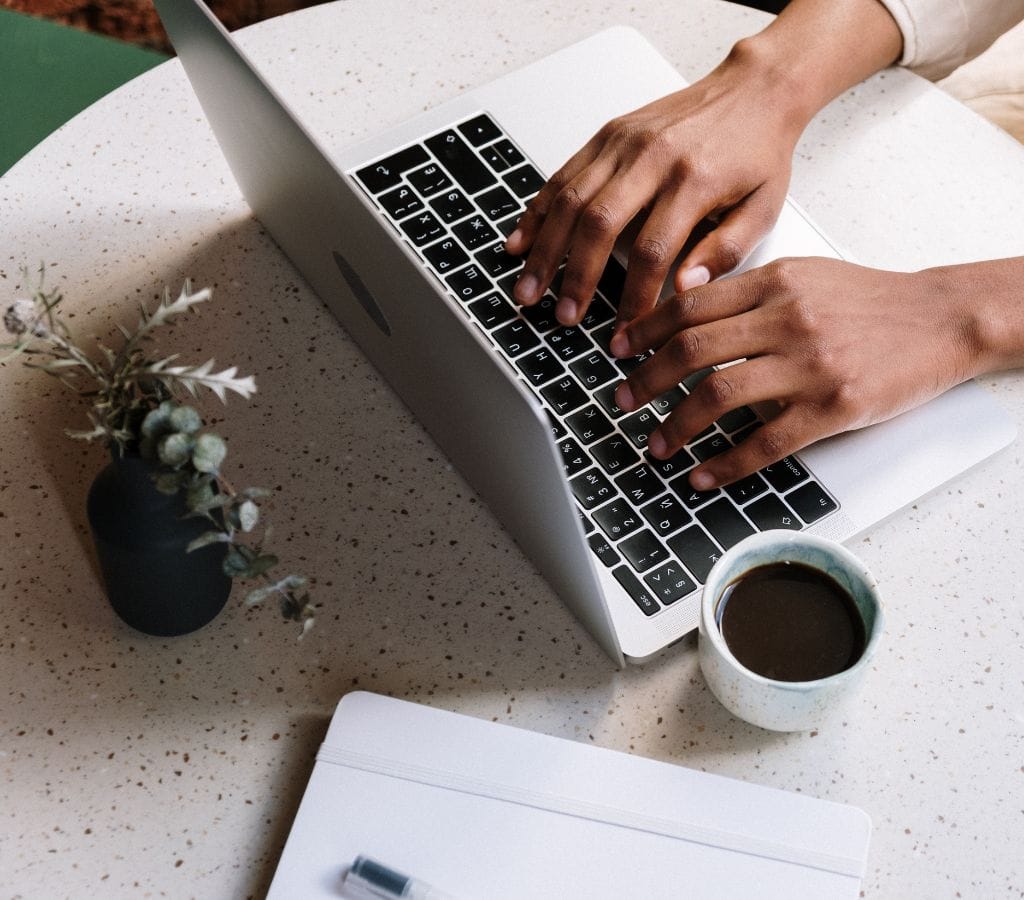
Tips for Choosing the Right Email Ending
1. Understand the Email’s Purpose and Audience
Selecting an ending line and signature should be based on the purpose of your email and the people you are writing it for. For example, a formal business email might require a more professional tone, while a casual email to a friend can be more relaxed.
2. Maintain Tone Consistency
Ensure that your tone remains consistent throughout the email. If you start with a formal tone, stick to it until the end. This helps avoid confusion as well as ensures that your message is conveyed clearly.
3. Consider Cultural Differences
Be mindful of cultural differences when choosing your sign-off. What might be acceptable in one culture could be considered impolite in another. So, researching cultural norms can help you make a more respectful choice.
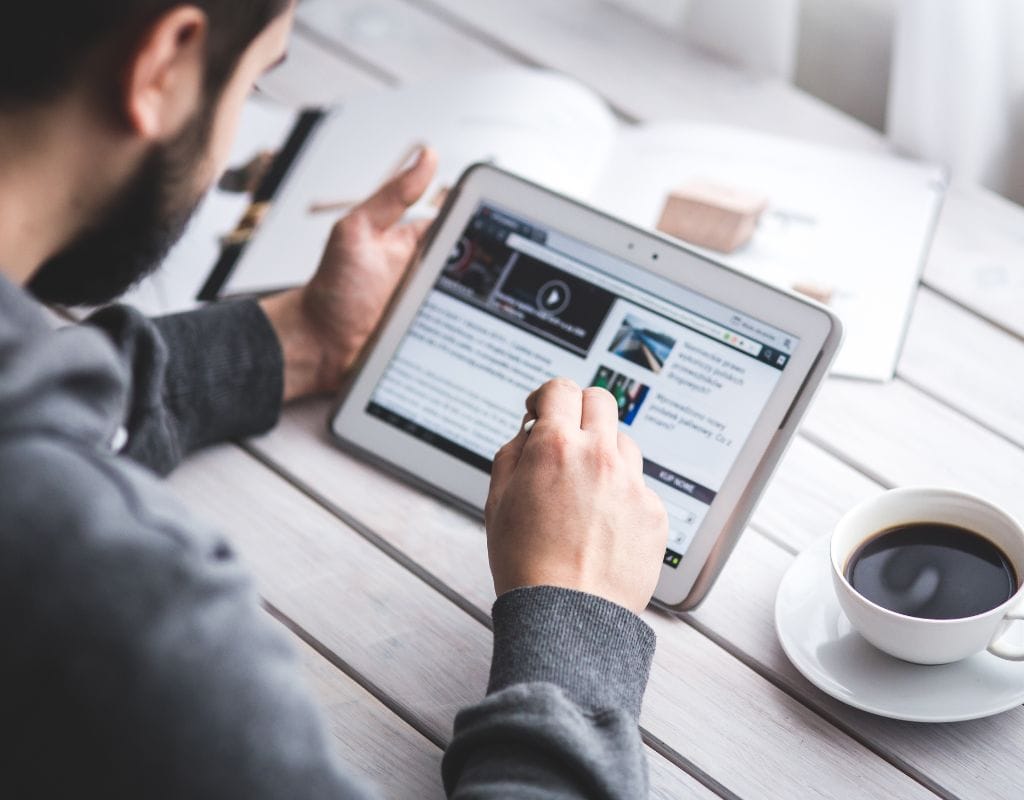
Examples of Professional Email Endings
Here are some examples of professional email endings for different scenarios:
Business Email
- Your satisfaction is our priority. If you have any questions or need further assistance, don’t hesitate to reach out. I’m here to ensure your experience with us is seamless.
- I value your partnership and look forward to achieving more together. If there’s anything you’d like to discuss or explore, please feel free to schedule a call at your convenience.
- Your feedback is crucial to our continuous improvement. Please don’t hesitate to share your thoughts or suggestions — your insights are highly appreciated.
- Keeping our communication open is key. If you have any updates or new requirements, drop me a line. I’m committed to providing timely solutions tailored to your needs.
- Our team is dedicated to your success. Feel free to connect if you require additional resources, information, or support. Your goals are our goals.
Job Application Email
- Thank you for considering me for this position. I look forward to hearing from you about the next steps.
- I’ve attached my resume and cover letter for your review. Please let me know if there’s anything else I can share at this time. Thanks
- I’ve attached my portfolio. Do you know when you’re looking to fill this position? I’d love to discuss how my skills align with your needs.
Follow-Up Email
- I hope you’re doing well. I wanted to follow up on my previous email regarding [topic]. Please let me know if you need any update or additional information from me. I appreciate your time and consideration.
- I understand you might be busy, but I wanted to reiterate my interest in [topic]. If there’s any way I can assist or provide further information, please don’t hesitate to reach out. Thank you.
How to End an Email When Sending a Reminder
When sending a reminder, it's essential to reiterate the main points and provide a clear call to action. Here are some examples:
- Don’t forget to [action].
- Again, please [action].
- Please let me know if you need to change [time/action].
- I look forward to [action].
- Don’t hesitate to reach out if you have any questions about [action/task].
How to End an Email When Sending a Congratulatory Note
When congratulating someone, it's essential to acknowledge their achievement and express your appreciation. Here are some examples:
- Keep up the great work
- Congrats again
- In awe of what you’ve accomplished
- You’re a star
- Keep killing it
- Can’t wait to see what you accomplish next
How Not to End an Email
While there are many ways to end an email, some sign-offs are best avoided in a professional context. So, here are some examples of overly informal sign-offs that should be avoided:
- Love,
- Thx,
- XOXO,
- —Jack,
- Peace,
Additionally, not including a sign-off or signature can be considered impolite in most professional emails.

Additional Elements to Consider When Ending an Email
In addition to picking the right sign-off, there are numerous other factors to consider when ending an email. These things can help your message be clearer, more efficient, and more effective overall. If you pay attention to these details, your email will be well-rounded and make a good impact. So, let's take a closer look at these other factors:
Inclusion of Contact Information
When ending an email, add your contact info. This makes it easy for the person to get in touch with you if they need to ask more questions or get more information. In general, your full name, job title, business name, phone number, and email address make up your contact information. By putting this information in your email, the person who receives it will also have all the information they need to contact you.
PS (Postscript)
A postscript, often written as "P.S.," is an additional note or message added to the end of an email. It usually raises an important point, provides extra information, or adds something that wasn't in the main message. Adding a postscript can also help draw attention to a certain point or make a lasting impact.
Attachments and Links
It's important to note any attachments or links to the message that are relevant to your email at the end. This makes sure that the recipient knows about the extra resources you've given them. Whether it's a document, a presentation, or a link to a useful website, making these attachments and links clear can help the recipient of your email understand it better and be more interested in it.
In conclusion, ending an email effectively requires careful consideration of the closing line, sign-off, and email signature. Moreover, by choosing the right elements, you can ensure that your message is clear, actionable, and leaves a positive impression on your recipient. Whether you're writing a business email, a job application email, or a follow-up email, understanding how to end an email professionally can make all the difference in achieving your communication goals.
For more improvements on your email structure, consider reading about perfect email introductions, email footer best practices, and common email marketing mistakes to avoid
